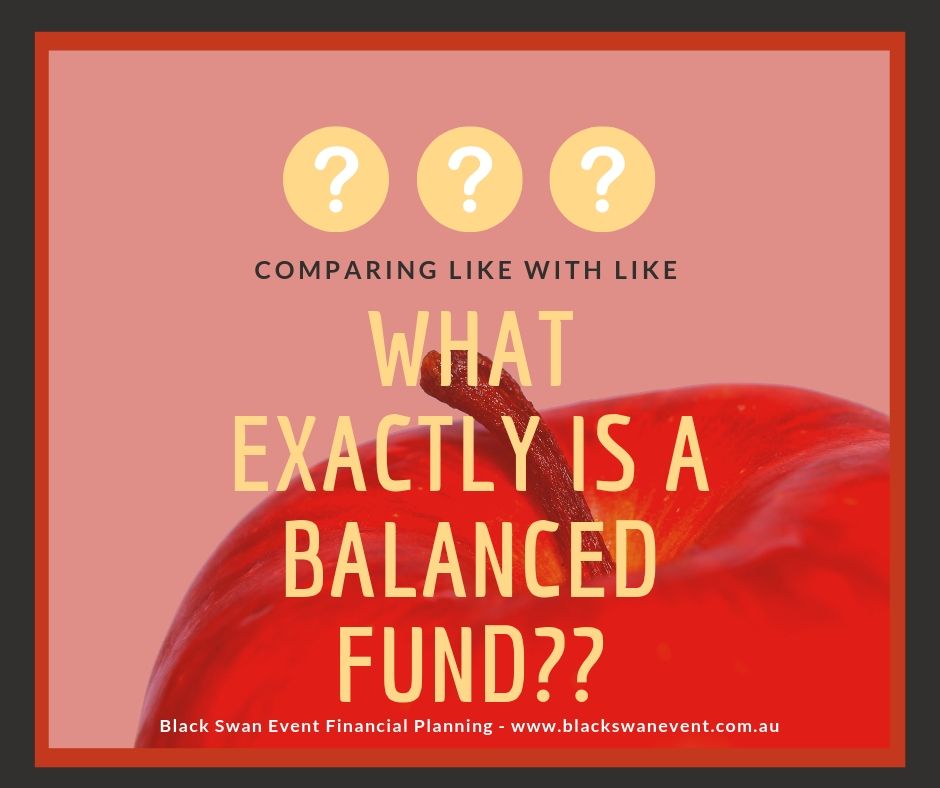When comparing different superannuation funds, how confident can you be that you are comparing “like with like”?
The short answer is “not at all”.
Generally when comparing funds, the media like to bunch all those with the same label (such as “balanced”) together, and then compare the performances. Funds are classified as “balanced”, “growth”, “conservative”, etc., depending on the split between “growth assets” and “defensive assets” within each fund.
There are just 2 problems with this approach:
1. There is no agreement about what the split should be between “growth”, and “defensive” assets for each classification.
2. There is no agreement as to what constitutes a “growth asset”, or a “defensive asset”.
When you think about it, that is just about everything, and the whole exercise of comparing funds this way is meaningless.
APPRA
At last the regulator APPRA, is starting to take notice, according to the Financial Review, on 27th August.
The article in the Financial Review gives some examples of how extreme the whole thing has become, and how it is being gamed by the funds.
For example, a widely held view is that a “balanced” fund should be split about 60/40 between growth assets and defensive assets. However, many funds (especially in the industry funds sector) call an 80/20 split “balanced". Yet an 80/20 mix is a very different risk profile from 60/40.
Then there is the issue of what is a “defensive asset”, and what is a “growth asset”.
The conservative view is that “defensive assets” are such things as cash and government bonds. However, some funds include things such as unlisted property and infrastructure as “defensive assets”. While these may provide a steady income stream, they will perform very differently in a downturn – especially if they are carrying debt.
While I have focused on balanced funds, the same issue arises with other classifications.
So, when you are reading about the relative performance of funds, take it with a grain of salt and ask the further question, “What are the risks?”
After all, in the world of investing, risk and return go hand in hand.


